I am privileged to have recently been a judge of the IPA Lucie awards. The quality of the work this year was outstanding, particularly in the editorial categories. Shot after shot of breathtaking, haunting, beautiful, horrific and emotional imagery which said so much more than words can describe. I finished round one of the judging with a renewed respect for those photographers who not only put themselves into harm’s way to show us the neglect, the war, the devastation, but who also faced their own demons in doing so. I was particularly moved by the plight of a Japanese photographer who returned to her tsunami-wrecked hometown again and again, shooting and shooting until she was able to finally rediscover her photographic vision, which had become lost and confused in the emotion of the experience.
In most cases the work was presented in a series, rather than individual shots, so it had to be scored not just on the individual images but as a group. How well did the shots sit together? Were they stronger as a group? Did each shot add something to the complete story? That’s what I asked myself when I looked at them. I found myself often opening a stunning first and second image, and praying (please please please!) that the next one and the next one would be as good so that I could give the photographer the highest score possible. Sadly, this didn’t always happen.
Occasionally a series of gorgeous images would include one or two seemingly irrelevant to the storyline. Or slightly off topic. Sometimes it seemed an image had been added to help the narrative, but ended up visually weakening the series. I suspect that in many cases, the photographer is so involved in the story (how could they not be?) that an emotional connection to a shot has surpassed its success as a photograph. Or the meaning is only relative to the shooter, but makes no sense to the viewer.
I see this all the time when I am editing folios. A photographer will favour a shot because he bust his gut making it happen; he is so proud of the achievement that the possibly mediocre end result is impossible for him to see. I used to rep a food photographer who loved food so much (as she should!) that the best smelling and tasting food items were often featured in her most cherished shots. As the editor of her images I had no such memories and could select the actual shots that made me drool so much I’d have to stop for a lunch break! These were sometimes her least favourites because the featured food hadn’t appealed as much to her senses during the shoot.
It stands to reason that if a photographer is truly passionate about their art, they will be emotionally attached to their shots. Sometimes this means they hate an amazing image (the shoot was too traumatic maybe), or they love a weak image (the shoot was perhaps a beautiful experience). At the end of the day though, the viewers have none of this background information (and no attempt should be made to provide it by the way). The viewer must be guided on the image alone. Is it beautifully composed and lit? Does it evoke the desired emotion? Does it sit coherently alongside the preceding and following shots?
So it makes sense that if you are compiling your shots in a series, whether for a folio, to show a publisher, an advertiser, or a judge of one of the most prestigious competitions in the world, that you involve at least another experienced eye. Someone who has no emotional attachment to the images, who wasn’t involved in their making, and can be completely honest. Someone who may even discover more depth or commonalities in your images than you saw yourself. There are plenty of people who can do this well. Isn’t your work worth it?
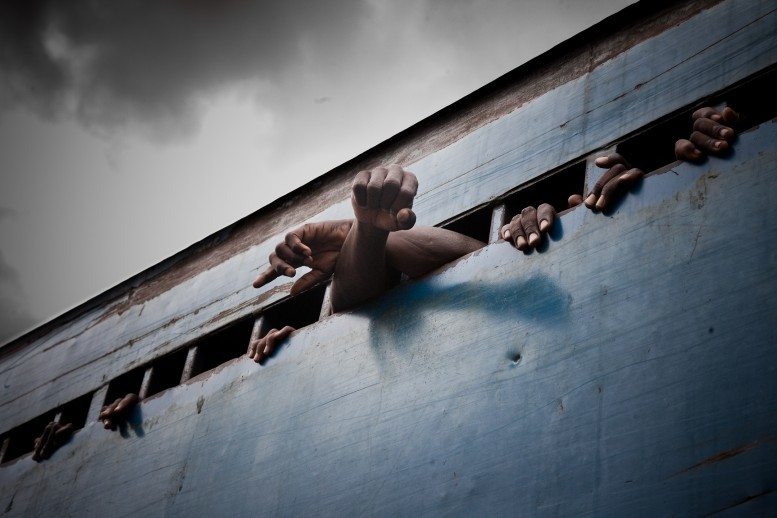
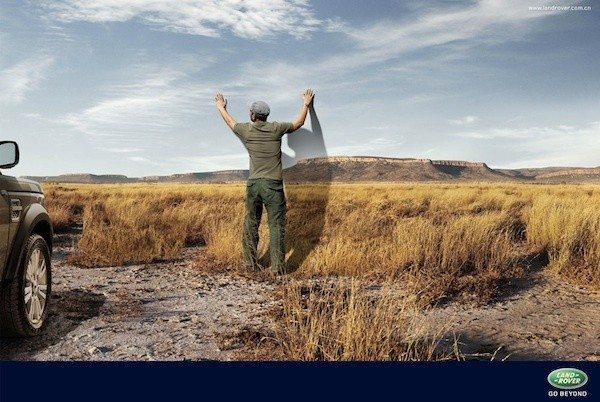 Marketing
Marketing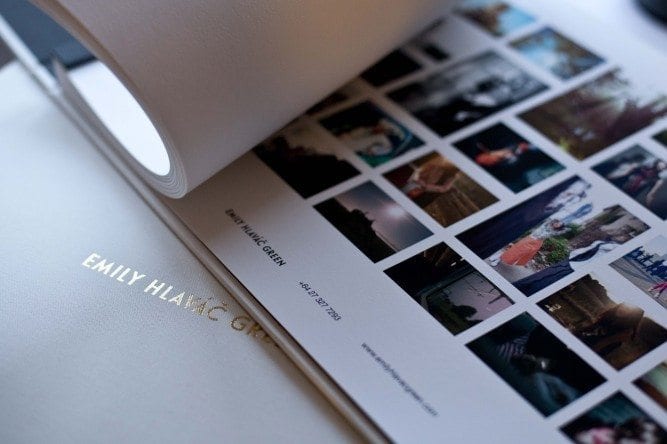 Folios & Editing
Folios & Editing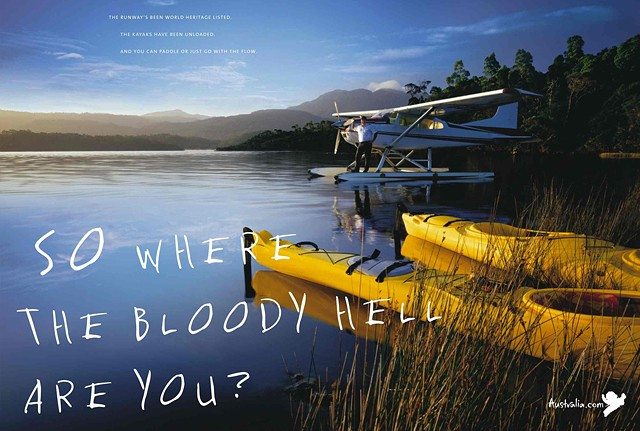 Finding Direction
Finding Direction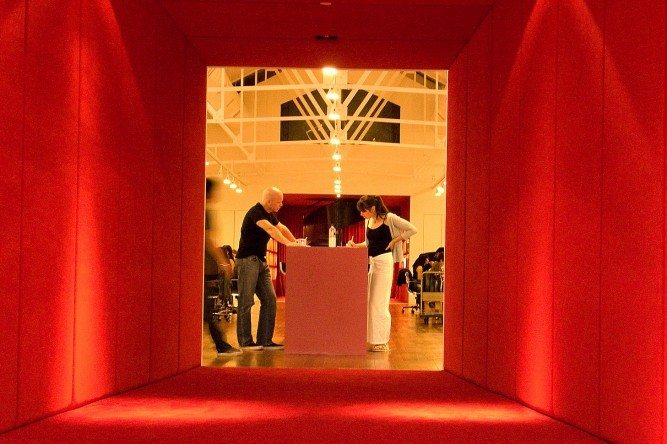 Asia Assignments
Asia Assignments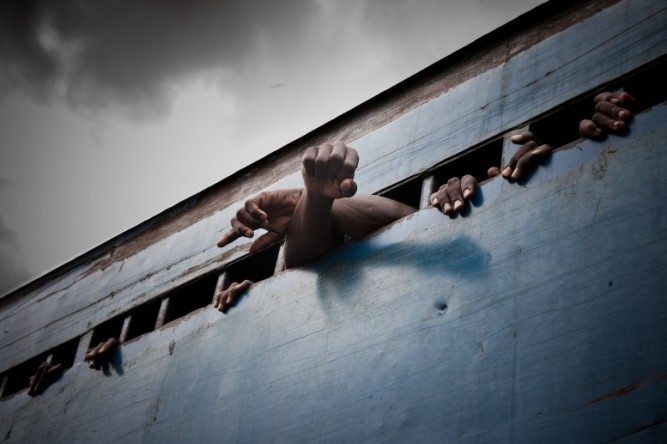 Personal Work
Personal Work Closing the deal
Closing the deal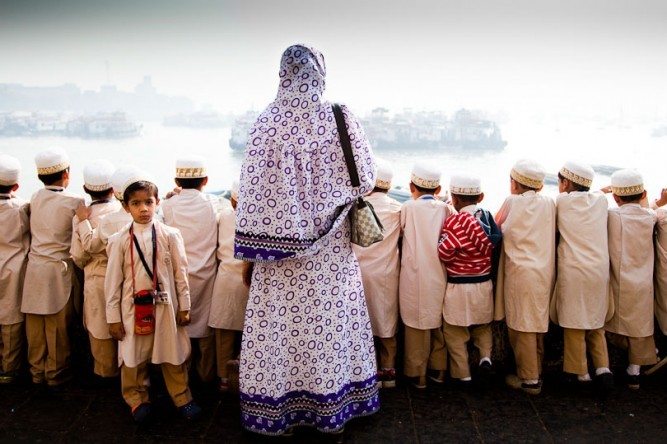 Most Recent
Most Recent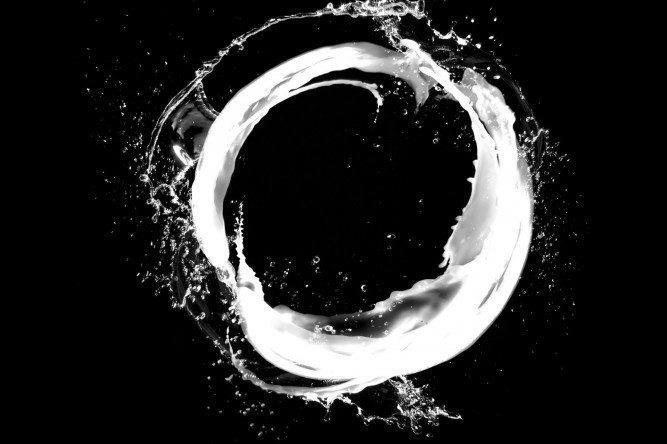 Case studies
Case studies Interviews
Interviews